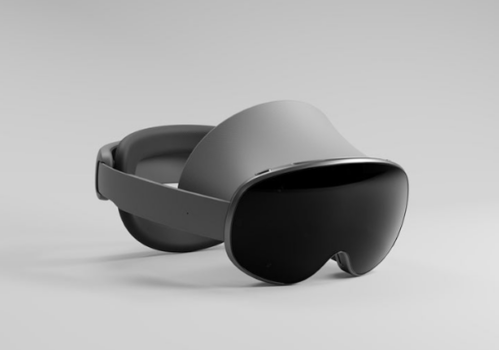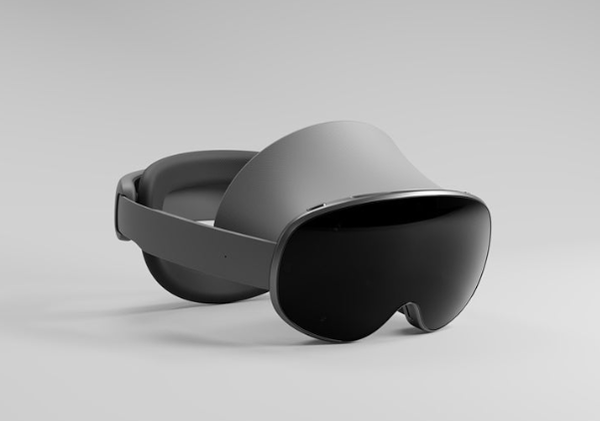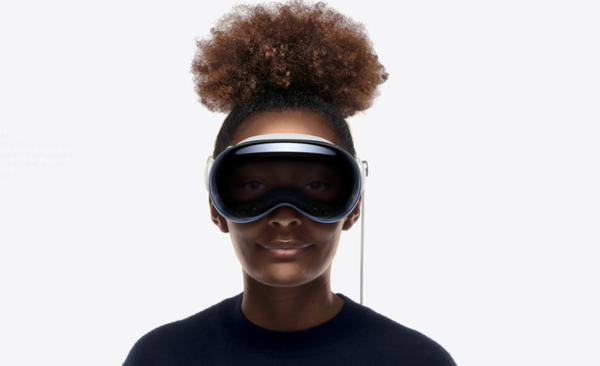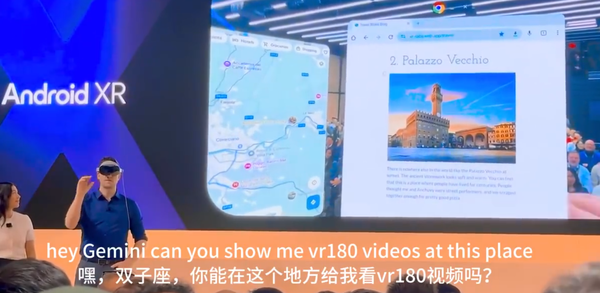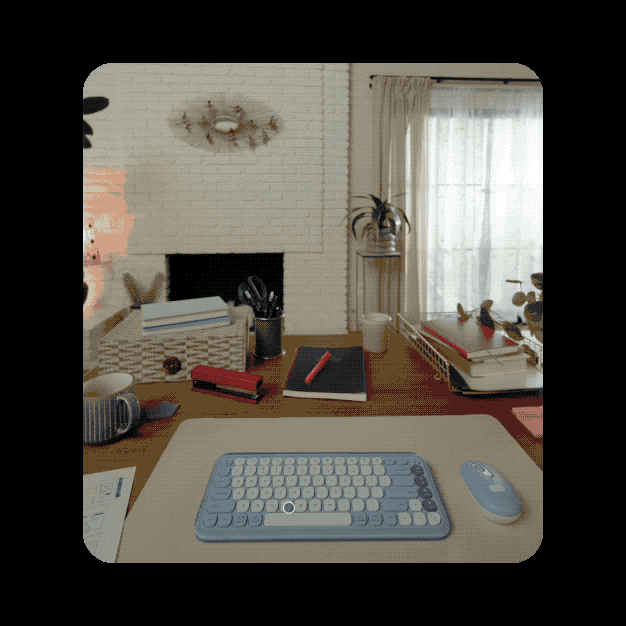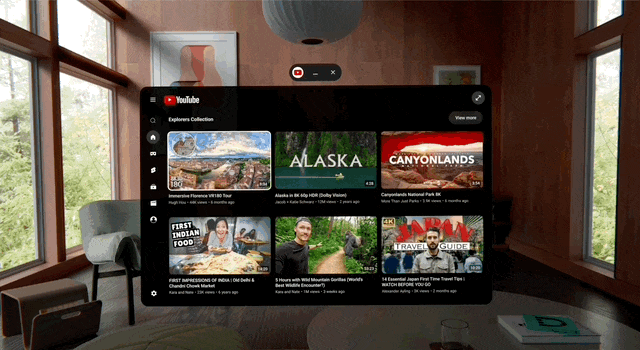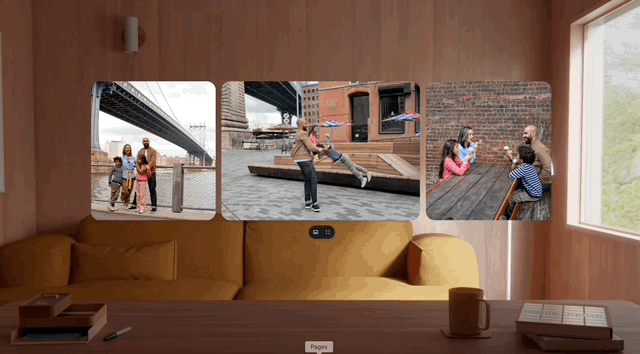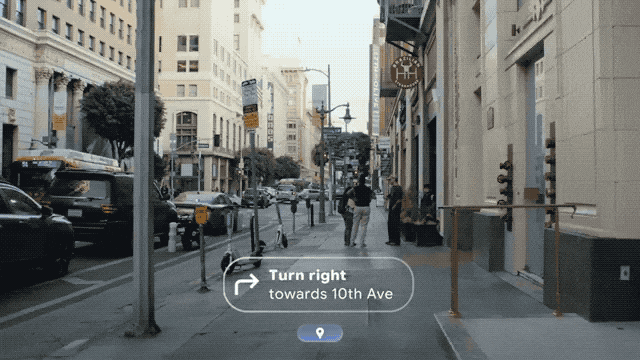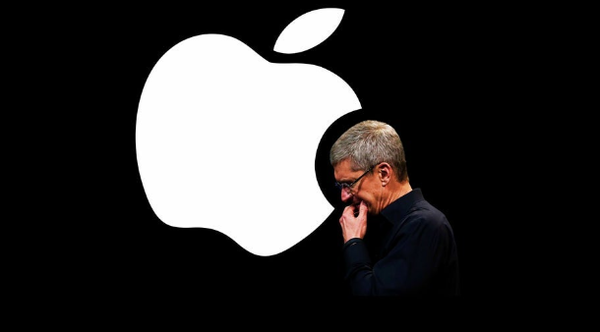Samsung’s XR headset is set to challenge Apple Vision Pro in the growing extended reality (XR) market. With a more competitive price, better comfort, and AI-powered features, Samsung aims to capture consumer interest where Apple has struggled. As both tech giants compete for dominance, the battle between Samsung’s XR headset vs. Apple Vision Pro is heating up.
Samsung’s Market Understanding vs. Apple’s Pricing Strategy
A major hurdle for Apple’s Vision Pro is its steep pricing. Priced at $3,499 in international markets and starting at 29,999 yuan in China, its high cost has deterred many potential buyers. While the device boasts cutting-edge technology, the pricing strategy is a significant drawback.
Former Oculus executives have criticized the Vision Pro’s design, describing it as overly complex and more suited to developers than consumers. Apple’s pursuit of innovation has resulted in excessive features, such as the unique EyeSight external display and custom prescription lenses, which have inflated costs. Furthermore, Vision Pro lacks compatibility with many popular VR games and doesn’t include a dedicated controller, making it less appealing to gaming enthusiasts. While Apple is now collaborating with Sony to integrate PSVR2 controllers, the initial market impact has already been felt.
In contrast, Samsung has positioned its XR headset as a user-friendly alternative, focusing on comfort, affordability, and compatibility. Its device features a curved front design, built-in speakers, high-resolution displays, and seamless VR-AR mode switching. Additionally, Samsung’s headset is designed for prolonged use, with a lightweight build, cushioned head support, and an adjustable fit—addressing one of Vision Pro’s key weaknesses. The larger field of view further enhances the experience, and most importantly, Samsung is expected to price its headset significantly lower than Vision Pro.
The Advantage of Android XR: More Apps, More Freedom
Compared to Apple’s closed visionOS, Android XR is an open ecosystem, making it more attractive to developers. Android XR is compatible with a variety of XR devices and allows third-party manufacturers to contribute to the platform. While visionOS offers developer tools, its exclusivity limits accessibility and expansion.
Samsung and Google’s XR system also boasts a powerful AI integration with Gemini 2.0. This AI assistant surpasses Apple’s Siri in responsiveness and functionality. Gemini 2.0 supports image, video, and audio inputs while seamlessly integrating with Google services like Search, Maps, and Code Execution. Furthermore, the availability of a dedicated Chrome browser, YouTube, and Google TV optimized for XR provides users with a richer multimedia experience than Apple’s ecosystem.
Another notable feature of Android XR is its intuitive search function. Users can activate search by simply drawing a circle, enabling quick and efficient interactions. Additionally, Google’s ecosystem offers tools such as ARCore, Android Studio, and Unity to simplify XR app development. By providing APIs, emulators, and hardware development kits, Google empowers developers to create more immersive experiences.
Samsung’s “Killer” XR Features
Samsung’s XR headset is expected to revolutionize AI-assisted interactions. Equipped with real-time translation, smart navigation, and advanced AI-driven controls, it eliminates the need for traditional gesture-based interfaces. The seamless integration of AI and XR makes Samsung’s headset a compelling option for consumers looking for practical and engaging applications beyond gaming.
Google’s decision to withhold a dedicated YouTube app from Vision Pro now appears to have been a strategic move to benefit its own ecosystem. With Samsung and Google’s partnership, Android XR is positioned to dominate the market, leveraging Google’s vast app repository and AI capabilities.
Apple’s Possible Counterattack
While Apple’s Vision Pro is one of the most advanced XR headsets available, it needs significant improvements to appeal to the mass market. To remain competitive, Apple must address three critical factors:
- Price Reduction: Apple should consider launching a more affordable version of its XR headset, potentially a “Vision Air” model, with fewer premium features to attract budget-conscious consumers.
- VR Gaming Integration: Vision Pro’s current reluctance to fully embrace VR gaming has limited its appeal. To compete, Apple must enhance gaming support, ensuring compatibility with popular VR games and controllers.
- Comfort and Design Enhancements: A lighter, more ergonomic design with improved headband support is crucial for long-term wearability. If Apple does not address comfort issues, it risks losing market share to Samsung and other competitors.
The Future of XR: A Market Poised for Disruption
As the XR industry evolves, it is increasingly viewed as the next frontier in consumer technology. If Apple fails to adapt to the changing landscape, Samsung and Google’s partnership could establish Android XR as the dominant platform. With Samsung’s emphasis on affordability, comfort, and AI-powered applications, its XR headset is positioned as a strong challenger to Vision Pro.
The battle between Samsung XR headset vs. Apple Vision Pro is just beginning, and the next few years will determine which company leads the future of extended reality. For Apple to maintain its leadership, it must respond decisively to Samsung’s competitive pricing and feature-rich ecosystem.
For users interested in the latest tech updates, Gearbest Blog offers in-depth coverage of XR developments and emerging trends in the industry.
